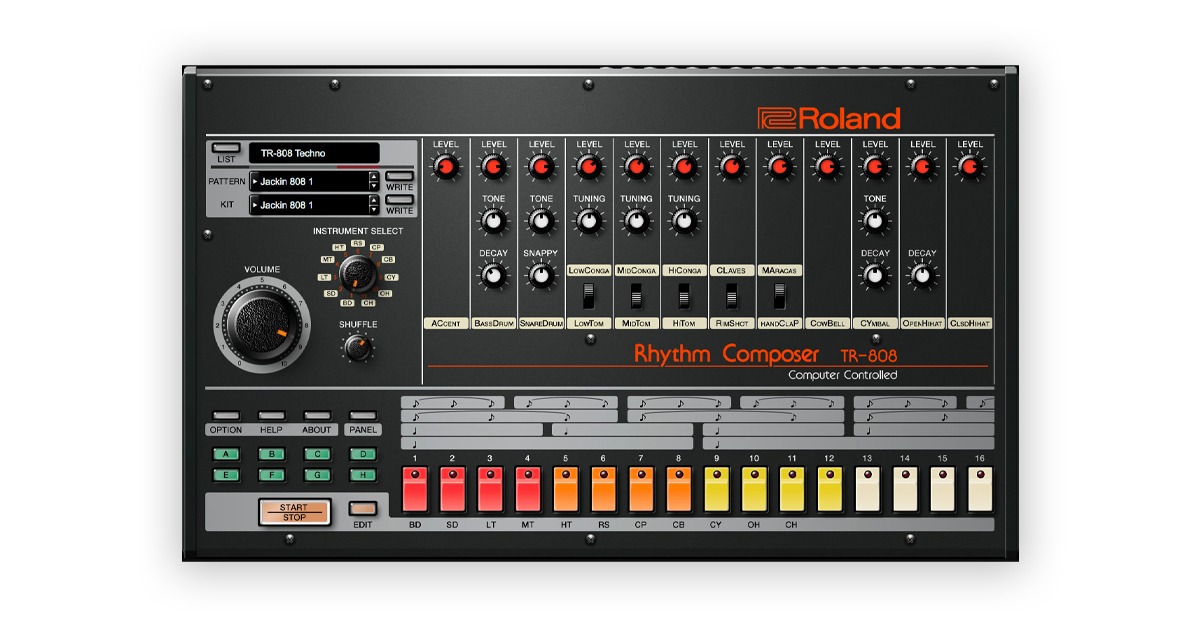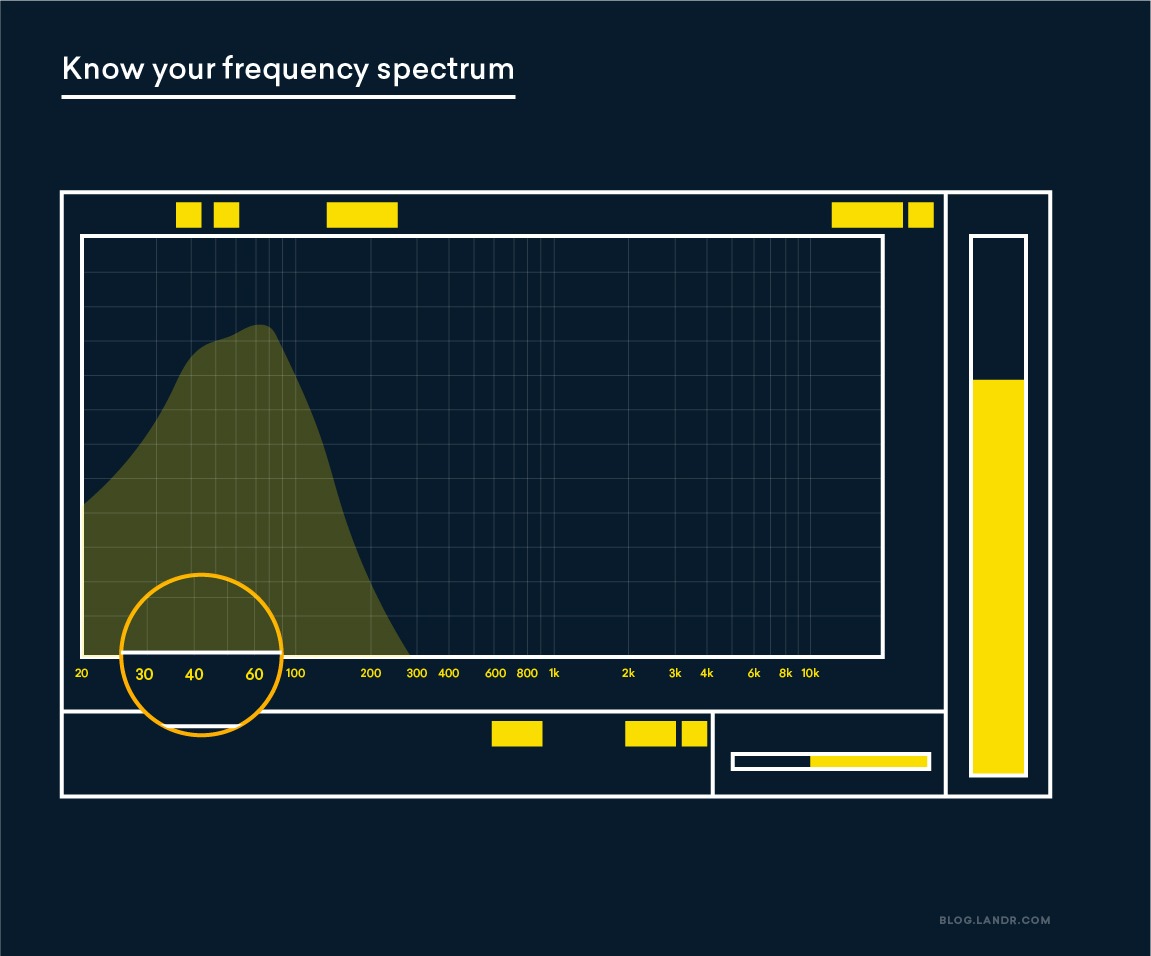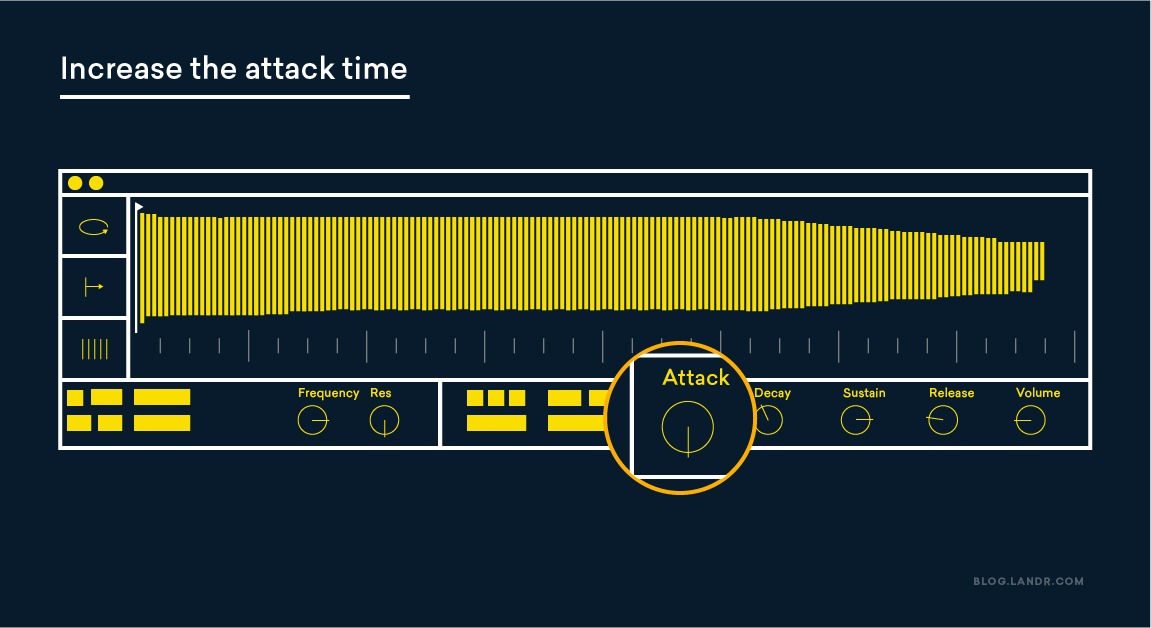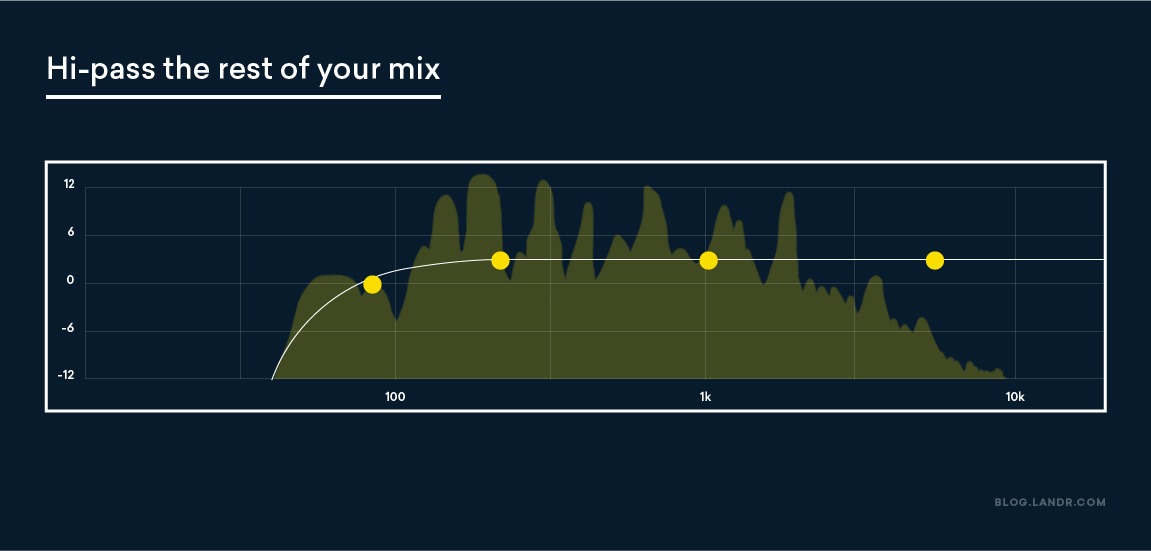What is an 808 in music? The 808 is one of the top iconic sounds in modern music. It’s incredible that a drum sound that was created in the 80s is still so consistently used and sought after today.
You’ll hear 808s in almost trap track in existence. It’s used extensively in pop music and most other forms of electronic music too.
So what makes an 808 so essential to producers and the way you can get pro sounding 808s in your tracks?
In this article, we’ll look at why the 808 is such an appealing sound, where it came from and how to make tracks with perfect 808s.
What is an 808 in music?
808s are a type of electronic percussion sample that originates from the Roland TR-808 drum machine. They’re characterized by a punchy low-end subby-ness that is easily tunable to different pitches.
The original TR-808 comprised programmable kick, snare, low tom, mid tom, hi tom, clap, cowbell, open hi-hat, closed hi-hat, low conga, mid conga, hi conga, clave, rimshot, maracas and cymbal sounds.
808s are based on static noise that is carefully sound designed to electronically re-create the strike of a beater and resonating drum head.
Generally, that means a loud attack and a quick resonating decay.
However today, 808 drums don’t always sound like the original 808s of the TR-808.
Producers have spent a lot of time twisting and sculpting the classic sounds into their own versions, adding distortion, playing with attack and decay, adding compression and more.
You just need to search 808 on an online sample market and you’ll hear hundreds of different versions.
TR-808 origins
The 808 sound originated from the Roland TR-808. This drum machine defined the sound of techno and house in the 80s and 90s.
Beyond dance music, the drum machine inspired early hip hop producers like Rick Rubin and Afrika Bambaataa to pioneer the 808 laden sound of 90s hip hop.
It’s a rare piece of vintage gear that’s still sought after today.
The 808 bass was of particular interest to these early hip-hop producers.
That’s the reason why today 808 generally refers to the widely used 808 bass drum sample. But still, the snare, clap, cowbell, cymbal hi-hat and other 808 sounds are well-loved and heavily used by many producers.
The 808 bass’ tendency to rattle trunks and shake club walls gave them an ominousness and intensity that worked well with the lyrics rappers we’re writing during the early 90s.
It wasn’t long until producers began tweaking the TR-808 stock sounds to create even more hard-hitting versions of the subby kick.
How to make great 808s
Fortunately, you don’t need to buy a vintage drum machine to create an interesting and authentic 808 sound.
In fact, the modern 808s you hear in trap and electronic music have usually gone through a ton of processing to make them boomier and more distorted.
There are tons of ways to affordably make great sounding 808s, let’s take a look at 7 of the most common 808 production techniques.
1. Start with a great 808 sample
To get started with 808s you need a good sample to work with.
Your DAW most likely comes with a few options, but if you’re looking for a specific kind of 808 you might want to turn to an online samples market like LANDR Samples.
You’ll find 1000s of 808s designed by the industry’s best producers.
2. Tune your 808
808s are essentially a short sub-oscillator frequency burst. That means they oscillate to a specific pitch.
If your 808s aren’t tuned properly they won’t sound right in your arrangement. So make sure you tune your 808s to the key of your track before writing them in.
We’ve written articles about finding the key of your track before, if you need help.
3. Know your frequency spectrum
808s by default will take up a ton of space in the low-end of your mix.
The main concern here is that your 808 sits the more powerful range of the sub-frequency spectrum—ideally above 30Hz.
If your 808 is too subby it won’t have any power, just make sure your aren’t getting into higher bass frequencies either.
Really, the ideal sub frequency range lies from 30Hz to 60hz.
Hot tip: Most speaker systems struggle to reproduce frequencies below 40 Hz. Take extra care around these ultra-low frequencies and make sure to set your high pass filter high enough to deal with them.
4. EQ your 808s to the bottom of your mix
When you’re using 808s there’s no debate—the 808s are the only thing that should occupy the bottom end of your mix.
That means you must EQ some of the low-end out of your kicks and synth bass frequencies. Otherwise, you’ll weaken the impact of your 808s.
5. Increase the attack time on your 808
One way to distinguish your 808 bass from the other sounds in the low-end of your track is by increasing the attack time of your 808 bass.
This delays the peak volume of your 808 hits so that you hear the kick first and then the swell of the 808 sub frequencies.
Increasing the attack time is what helps round out the overall sound of your kick.
6. Clean up the lows with a hi-pass filter
For any part of your track that isn’t in the low-end the EQ process to bring out your 808s is simple—hi-pass filter any low-end frequencies.
This ensures that instruments like hi-hats and snares aren’t taking up any of the low-end room that your 808 needs.
7. Sound design your own sample
You can use almost every single cycle waveform to develop your own 808 sound. And the truth is that the original 808 was made with a white noise sample after all.
In this video, Andrew Huang shows a process that everybody can follow to make their own personal 808 bass sound.
There’s some pretty technical sound design concepts at play, but if you want the learn the ins and outs of what’s inside an 808 this is the perfect tutorial.
Celebrate the 808
It’s not very often that a single sound or piece of gear sparks an entire new generation of music.
But the TR-808 and the 808 bass absolutely falls into this category.
There’s nothing better than the feeling of hearing your track pound through a club’s sound system with the help of a great sounding 808 kit.
Now put some 808s in your next track!





